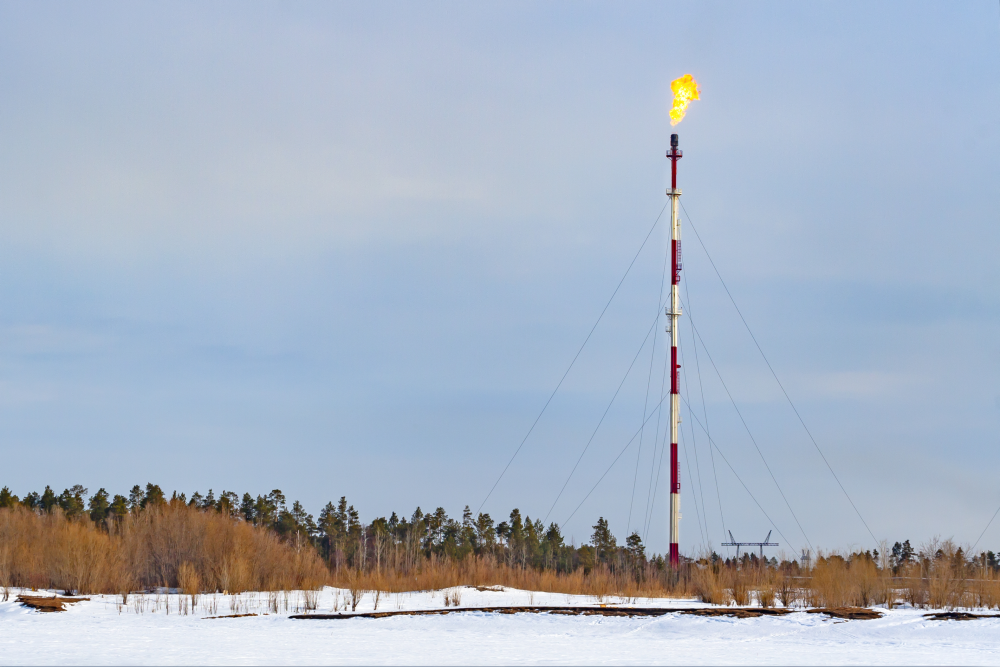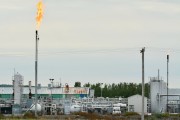In accordance with Canada’s 2030 Emissions Reduction Plan, the federal government recently published draft amendments to its oil and gas methane regulations. These amendments support Canada’s goal to reduce the oil and gas sector’s methane emissions 75 per cent from 2012 levels by 2030.
If methane were to stay in the atmosphere for 20 years, it would have over 80 times the warming power of carbon dioxide. It also has serious associated air quality impacts. With Canada’s oil and gas sector contributing about 40 per cent of the country’s methane emissions, methane regulations for this sector are an urgent policy priority. They are also a comparatively low-hanging opportunity to make impactful greenhouse gas emissions reductions, since proven and cost-effective solutions are available to drive down the harmful pollutant.
The federal draft regulations leverage those solutions in a way that the Explorers and Producers Association of Canada has said “actually is achievable.”
The Government of Alberta submitted comments to the proposed amendments, arguing they are unconstitutional, unfair, costly, and detrimental to production. Let’s unpack why this is not the case.
Constitutionality and fairness
Methane falls under the Canadian Environmental Protection Act, 1999. This means that the federal government has the constitutional authority to regulate methane emissions. Moreover, the proposed amendments update established regulations whose constitutionality Alberta recognized when the province sought and achieved equivalency in 2020.
The Government of Alberta claims that the amendments place an unfair burden on the oil and gas sector compared to other methane-emitting sectors. But technological and policy solutions for oil and gas methane are well established: find and fix leaks, destroy or re-purpose waste gas, and swap out leak-prone equipment. It is not unfair to require companies to use readily available, common-sense solutions.
Policy for other sectors is important, too, and developing. For instance, solutions for landfill methane are available, and the federal government is working to draft regulation that leverages them.
Cost
Solutions for driving down oil and gas methane emissions are cost-effective. It makes good business sense to increase operational efficiency, plug leaks, and (given that methane is the main component of natural gas) keep sellable product in the pipe. Doing so prevents hundreds of millions in lost royalties and makes Canada’s oil and gas more competitive in a shrinking global market that increasingly favours low carbon fuels – all while effectively reducing emissions.
A Dunksy report found that a 75 per cent reduction in oil and gas methane is achievable at an average cost of $11 per tonne of carbon dioxide equivalent. Environment and Climate Change Canada (ECCC)’s Regulatory Impact Assessment Statement estimates the cost of compliance at $15.4 billion (or $1.2 billion annualized). This would represent an increase in annual industry expenditures of roughly three per cent. The assessment indicates that this is a generous estimate and actual costs may be lower.
Those expenditures can boost the economy by going toward goods and services that support the oil and gas services industry and other economic sectors. The federal government also estimates that the amendments would result in $27.8 billion in social benefit of avoided damages from climate change. That means society will benefit from the regulations almost twice as much as industry must spend to comply with them.
What’s more, cost of compliance estimates typically don’t account for the money that companies save by improving operational efficiency and preserving otherwise wasted gas. All told, methane mitigation is one of the lowest-cost decarbonization options available.
Production
Finally, while the Albertan government claims that amended regulations will lead to reduced production, strong methane policy does not need to affect production.
For instance, in 2014, the Alberta Energy Regulator implemented strict regulations in the Peace River region to address methane and associated sour gas, which was causing serious health problems in the community. Like the proposed federal regulations, they significantly restricted venting and flaring and required frequent inspection at high-risk facilities. The result was that emissions were significantly reduced without impacting production.
Conclusion
We are glad the Government of Alberta recognizes the importance of leadership on methane. But Alberta’s regulations are quickly falling behind. Continued leadership requires ambitious target-setting paired with regulations that integrate national and international best practices, including those of Alberta’s partners.
As Pathways Alliance president Kendall Dilling said in response to Alberta’s opposition to the federal methane amendments, “Let’s all get on the same page.” It is counterproductive for Alberta to oppose federal climate policies when interest-holders, including industry representatives, are aligned on common-sense solutions.
Still, if the Government of Alberta believes it can deliver the same outcomes as the amended draft federal regulations more economically through its own province-led approach, we urge it to do so. Adopt the 75-80 per cent methane reduction target that has been under consideration for almost a year, begin regulatory development to deliver on that target, and seek provincial equivalency with federal regulations.






